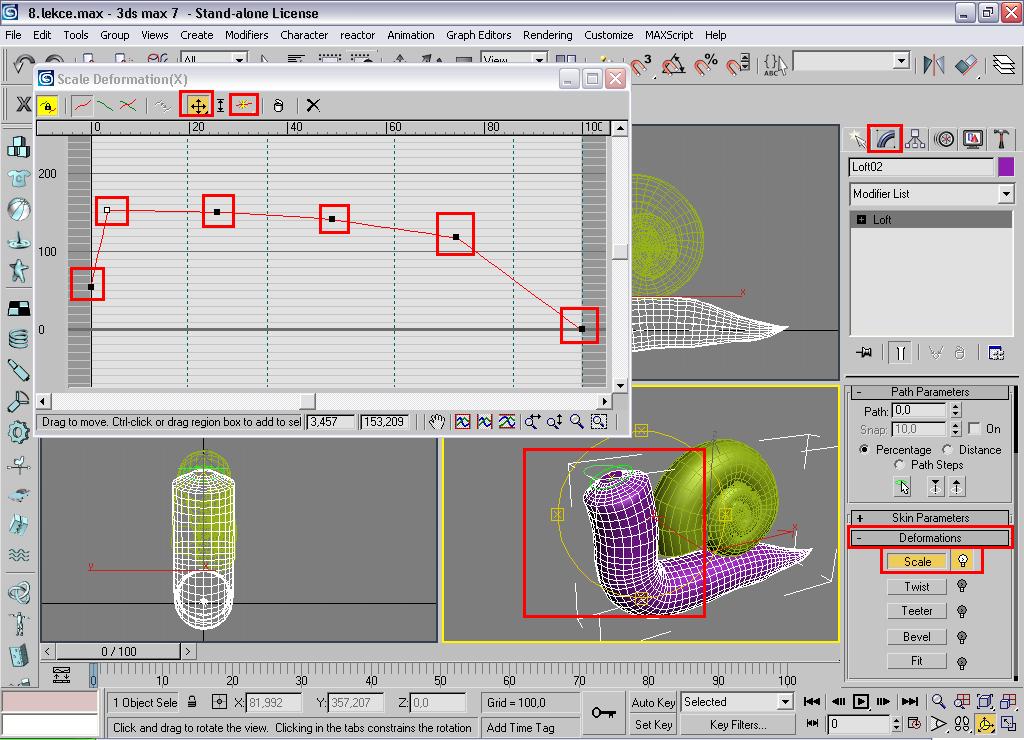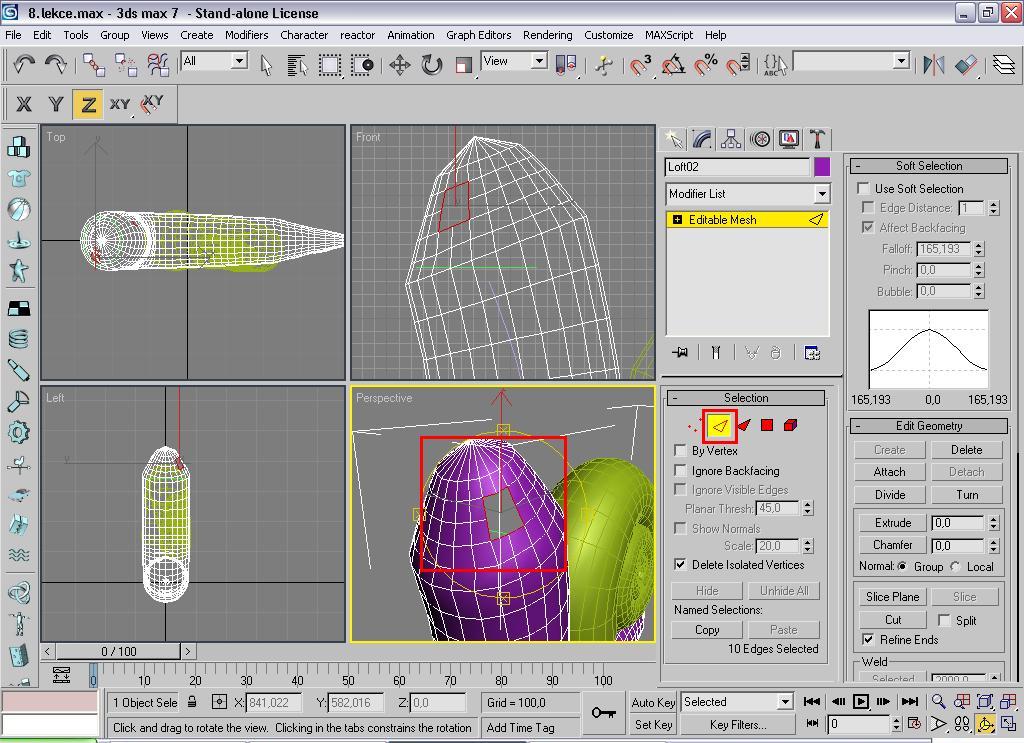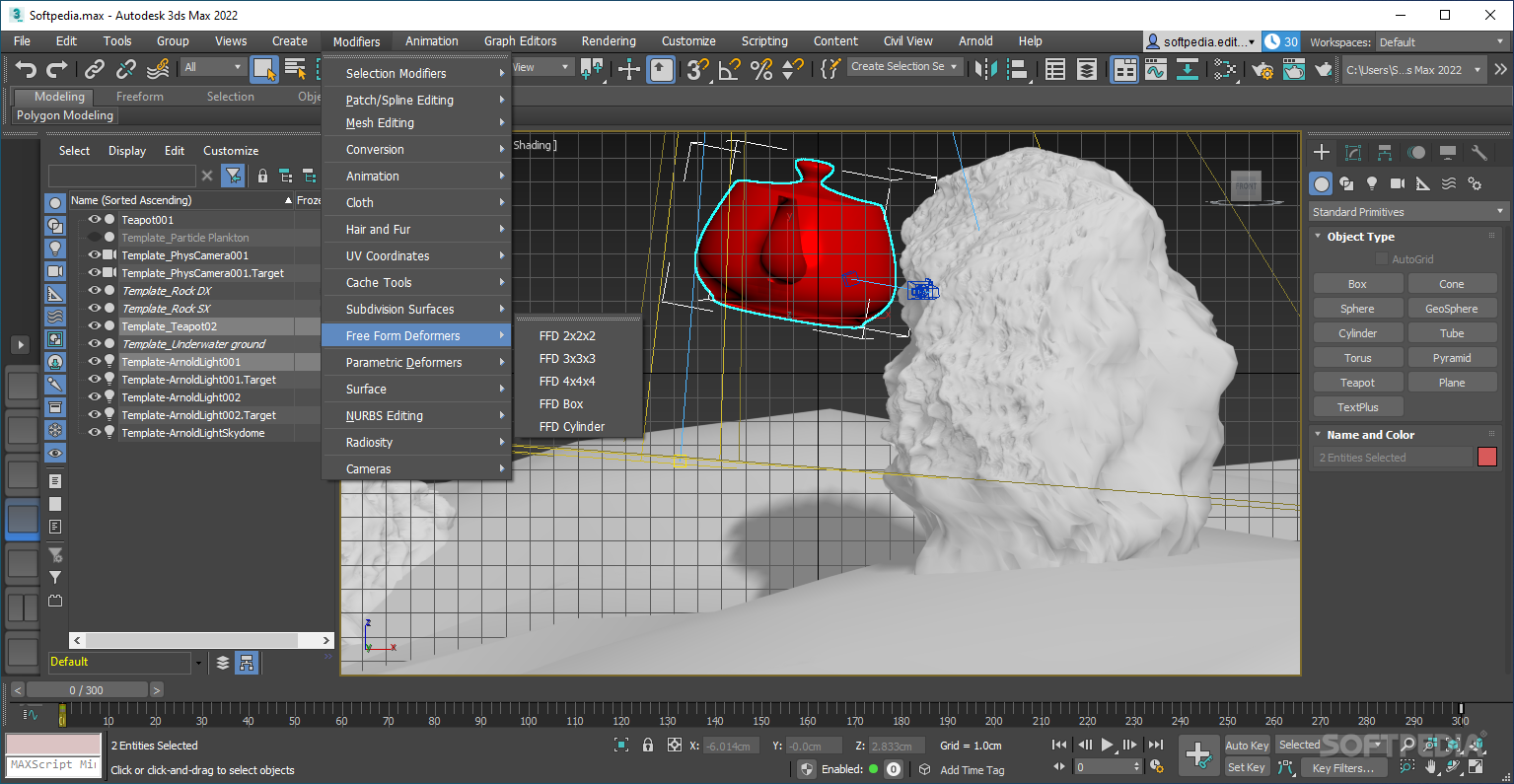

UV mapping is divided into 6 different techniques: By painting 3D model polygons with color and other mapping parameters, UV mapping assigns the image pixels to the polygon surface mappings by copying and pasting a piece of the image map onto the object. This stage means that an artist can take a 2D image and apply it to a 3D model surface for further texture mapping. UV mapping is the next common step before diving into the Rigging topic however, it can also be done afterward. As a result, we have a good-looking and detailed 3D asset susceptible to further manipulation in Maya. To make the rigging process available for 3D artists, this transforms high-poly models into low- or mid-poly topologies that have around 5-10K polygons.Īfter the desired poly count is reached, an artist can extract the detailing data from a high-poly initial model and apply it to a previously-derived low-poly counterpart. By using a Quad Draw feature in Modeling Toolkit, you have access to marking all over the model with the quads that enables creating a vastly simplified new topology based on a reference model surface. Given how many polygons a highly-detailed model has (sometimes up to 10M), it often becomes impossible to create proper animations with the number of influence points that a 3D artist has to deal with. By using Displacement, Volumetric, and Dynamic Tessellation methods, an artist can achieve a decent level of the image with a high resolution.


Therefore, if you need to create a static 3D asset that will not perform any complex animation set, modeling will be the necessary way to create it. Basically, every asset goes through this stage, unlike rigging and skinning that are mostly associated with the game character development. Modeling is a process of making a visual portrayal of objects and surfaces for further manipulations. In order to explain the entire process, we highlighted some of the major steps for creating assets in Maya before transferring them into Unreal Engine. Texturing and shading, however, are always the mandatory steps to take after completing the listed actions. Depending on the complexity of the asset, it can either involve all those steps of producing if the model is projected to have a complex set of animations, or can be limited just to modeling if it is not supposed to execute any actions or the animation is very basic (for example, a spinning object). Unreal Engine is no different from its counterparts, and a whole process of making 3D assets can be divided into three major stages: modeling, rigging, and skinning meanwhile, texturing and shading can be related to further refinement after the previous steps are done.

Modeling programs such as Maya, Blender, 3Ds Max, Mudbox, and many others serve as a great tool to form the models for further transferring into the game engine.
#When was 3ds max 8 created manual
The times when manual modeling was a common thing have long gone, and even though it adds to the complexity of your toolkit, the benefits of automated 3D modeling are hard to ignore. Creating a model within Unreal Engine can be either simple or complex, depending on your project requirements.


 0 kommentar(er)
0 kommentar(er)
